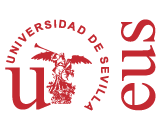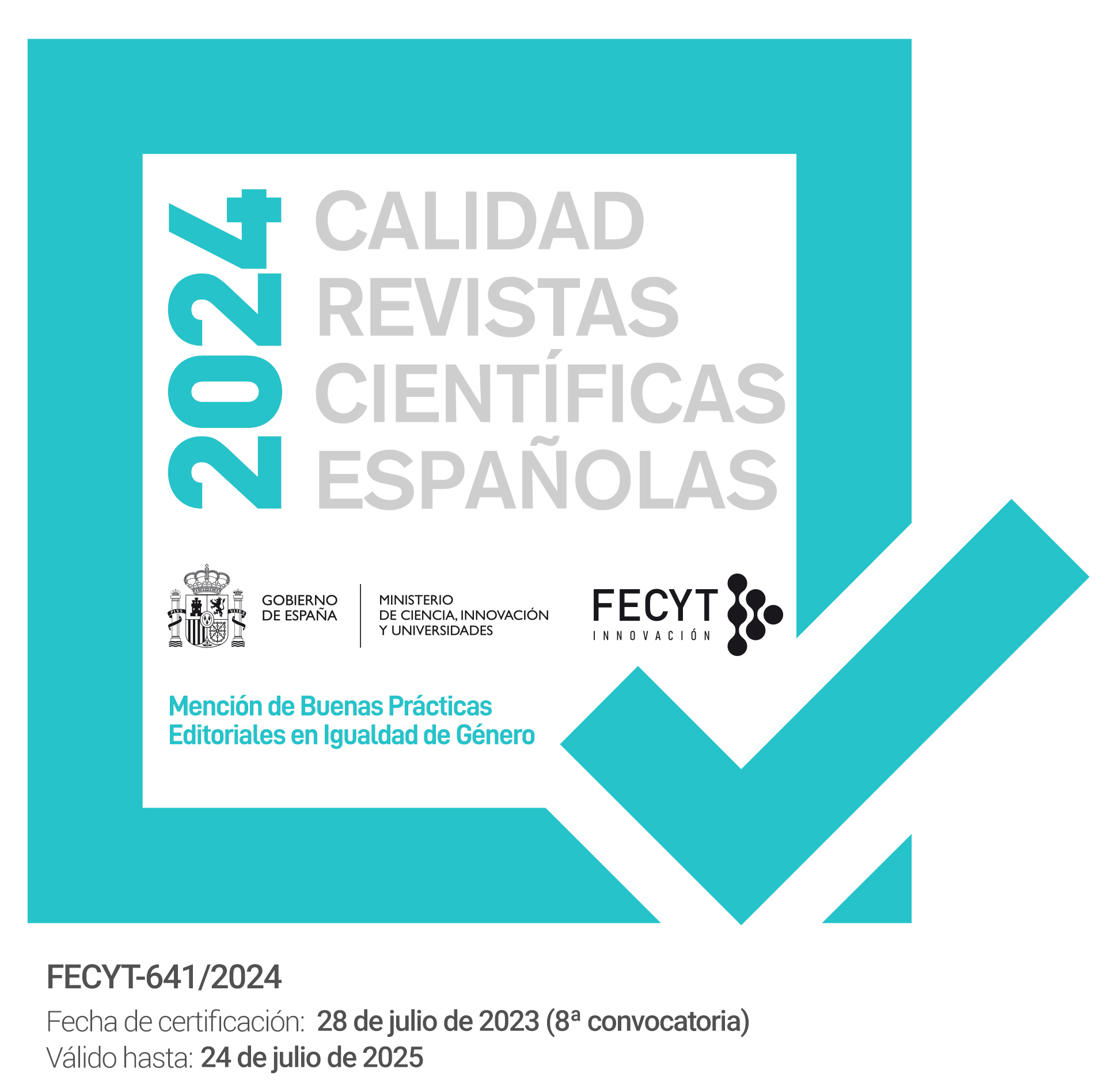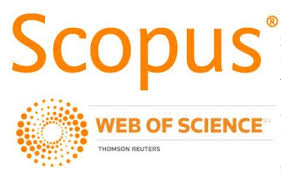Post-cartesian assemblages among text, image and body in Taller de taquimecanografía
DOI:
https://doi.org/10.12795/PH.2021.v35.i02.05Keywords:
Intermediality, Textual Media, Contemporary Mexican Literature, post-cartesian artistAbstract
The collective book Taller de taquimecanografía was written by the mexican writers and artists Aura Estrada, Gabriela Jáuregui, Laureana Toledo and Mónica de la Torre. The aim is to explore it as a assemblage of media and languages that challenge the binary principles for the organization of the intelectual and artistic work. The book is characterized through the double meaning of assemblage, as an artistic technique and as process of subjectivation.The book had a collective authorship in which the individual author atribution melts into a collective entity that produces an articulation of collective speech between signs and bodies, and the materiality of the book is the device that articulates them.
Downloads
Metrics
No metrics found.
Referencias bibliográficas
Abenshushan, V. (2018). Disolutas (a ante cabe con contra) las pedagogías de la crueldad. En G. Jauregui (Ed.), Tsunami (pp. 13-24). Sexto Piso.
Acha, J. (2011). Teoría y práctica no objetualistas en América Latina. En A. Sierra Maya, V. M. Manrique, A. del Valle, y Fondo editorial Museo de Antioquia (Eds.), Memorias del Primer Coloquio Latinoamericano sobre Arte No-objetual y Arte Urbano. (pp. 89-100). Museo de Antioquia Museo de Arte Moderno de Medellín.
Aguilar, Y. (2012, abril 10). Taller de taquimecanografía: Una creación colectiva a ocho manos. El Universal.
Cruz Arzabal, Roberto (2018). Cuerpos híbridos: presencia y materialidad en la escritura mexicana reciente. Universidad Nacional Autónoma de México
Bal, M. (2009). Conceptos viajeros en las humanidades. Una guía de viaje (Y. Hernández Velázquez, trad.). CENDEAC.
Broeckmann, A. (2016). Machine Art in the Twentieth Century. The MIT Press. https://doi.org/10.7551/mitpress/9780262035064.001.0001
Buchloh, B. H. D. (1999). Gerhard Richter’s “Atlas”: The Anomic Archive. October, 88, 117-145. https://doi.org/10.2307/779227
Deleuze, G., y Guattari, F. (2012). Mil mesetas. Capitalismo y esquizofrenia (J. Pérez Vázquez & U. Larraceleta, trads.; 10a ed.). Pre-Textos.
Fonseca Yerena, E. (2005). La descentralización cultural en México. Revisión y perspectivas. Repositorio UDG Virtual.
Gache, B. (2006). Escrituras nómades. Del libro perdido al hipertexto. Ediciones Trea.
Galloway, A. R. (2014). Love of the Middle. En A. R. Galloway, E. Thacker, & M. Wark, Excommunication (pp. 25-76). University of Chicago Press. https://doi.org/10.7208/chicago/9780226925233.001.0001
Harbach, C. (Ed.). (2014). MFA vs NYC: The Two Cultures of American Fiction. Farrar, Straus and Giroux.
Higashi, A. (2015). PM/XXI/360o. Crematística y estética de la poesía mexicana contemporánea en la era de la tradición de la ruptura. Universidad Autónoma Metropolitana, Iztapalapa-Tirant Humanidades.
Holmes, B. (2007). El dispositivo artístico, o la articulación de enunciaciones colectivas (M. Expósito, Trad.). Brumaria, 7 (Arte, máquinas, trabajo inmaterial), 144-167.
Jáuregui, G. (2011, marzo). No-Grupo desestabiliza el mundo del arte primitivo. Frieze, 137. Disponible en https://www.frieze.com/article/no-grupo
Jiménez, T. (1995). Los talleres literarios en México. Anales de literatura Hispanoamericana, 24, 251-258.
Josten, J., Marcin, M. (Eds.). (2011). Artecorreo. Museo de la Ciudad de México-RM Verlag.
Maingueneau, D. (2007). El ethos y la voz de lo escrito (R. Alvarado, trad.). Versión. Estudios de Comunicación y Política, 6, 79-92.
Marchán-Fiz, S. (1997). Del arte objetual al arte de concepto. Akal.
Mariniello, S. (2009). Cambiar la tabla de operación. El médium intermedial. Acta Poética, 30(2), 59-85. https://doi.org/10.19130/iifl.ap.2009.2.325
McGurl, M. (2011). Program Era: Postwar Fiction and the Rise of Creative Writing. Harvard University Press.
Pérez Fontdevila, A. y Torras Francès, M. (2015). La autoría a debate: Textualizaciones del cuerpo-corpus (una introducción teórica). Tropelías: Revista de Teoría de la Literatura y Literatura Comparada, 24, 1-16. https://doi.org/10.26754/ojs_tropelias/tropelias.2015241138
PremioAuraEstrada (s. f.). PremioAuraEstrada. Recuperado el 19 de noviembre de 2020. https://www.auraestrada.com
Richard, F. (2005). Artists on Artists: Frances Richard on Laureana Toledo. BOMB, 94, 66-67.
Rippl, G. (2015). Introduction. En G. Rippl (Ed.), Handbook of intermediality: Literature—Image—Sound—Music (pp. 15-44). De Gruyter. https://doi.org/10.1515/9783110311075
Rivera Garza, C. (10 julio 2004). Escrituras colindantes. No hay tal lugar. U-Tópicos contemporáneos. http://cristinariveragarza.blogspot.com/
Rivera Garza, C. (2013). Los muertos indóciles. Tusquets.
— [@criveragarza]. (2020, julio 13). Al final de los textos que solían dictarse en las oficinas se colocaban, en mayúsculas, las iniciales del autor y, en minúsculas, las iniciales de la mecanógrafa. Aprendí eso en mi taller de taquimecanofrafía, y desde entonces termino mis escritos con crg. [Tweet].
Roberts, J. (2007). The Intangibilities of Form: Skill and Deskilling in Art after the Readymade. Verso.
— (2010). Art After Deskilling. Historical Materialism, 18(2), 77-96. https://doi.org/10.1163/156920610X512444
Sánchez Prado, I. M. (2018). The Public Economy of Prestige. Mexican Literature and the Paradox of State-Funded Symbolic Capital. En I. M. Sánchez Prado (Ed.), Pierre Bourdieu in Hispanic Literature and Culture (pp. 187-221). Palgrave Macmillan. https://doi.org/10.1007/978-3-319-71809-5_8
Toledo, L. (2016). Mi acta de nacimiento dice Laureana Camila. En E. Álvarez Romero (Ed.), Espacio de experimentación sonora + Arte en vivo, 2015 | Sound Experimentation Space + Live Art, 2015 (pp. 118-123). MUAC, Museo Universitario Arte Contemporáneo, Universidad Nacional Autónoma de México.
Wasser, A. (2016). The work of difference: Modernism, Romanticism, and the Production of Literary Form. Fordham University Press. https://doi.org/10.2307/j.ctt19rm9rk
Fuentes documentales
Estrada, A., Jáuregui, G., Toledo, L., y Torre, M. de la. (2011). Taller de taquimecanografía. Tumbona. Universidad del Claustro de Sor Juana.
Published
How to Cite
Issue
Section
License
Copyright (c) 2021 Roberto Cruz Arzabal

This work is licensed under a Creative Commons Attribution-NoDerivatives 4.0 International License.
The printed and electronic editions of this Journal are edited by the University of Seville Editorial, and the source must be cited in any partial or total reproduction.
Unless otherwise indicated, all the contents of the electronic edition are distributed under a license of use and distribution “Attribution-NonCommercial-NoDerivatives 4.0 International” . You can view the informative version and the legal text of the license here. This fact must be expressly stated in this way when necessary.
Authors who publish in this journal accept the following conditions:
- The author/s retain copyright and grant the journal the first publication right, and accept it to be distributed with the Creative Commons By NC ND 4.0 licence, which allows third parties to use what is published whenever they mention the authorship of the work and the first publication in this journal and whenever they do not make commercial use and reuse it in the same way.
- Authors can make other independent and additional contractual agreements for the non-exclusive distribution of the article published in this journal (e.g., include it in an institutional repository or publish it in a book) provided they clearly indicate that the work was published for the first time in this journal.
Authors are allowed and recommended, once the article has been published in the journal Philologia Hispalensis (online version), to download the corresponding PDF and disseminate it online (ResearchGate, Academia.edu, etc.) as it may lead to productive scientific exchanges and to a greater and faster dissemination of published work (see The Effect of Open Access).
Accepted 2021-02-15
Published 2021-12-21
- Abstract 390
- PDF (Español (España)) 205
- HTML (Español (España)) 61
- XML (Español (España)) 101












